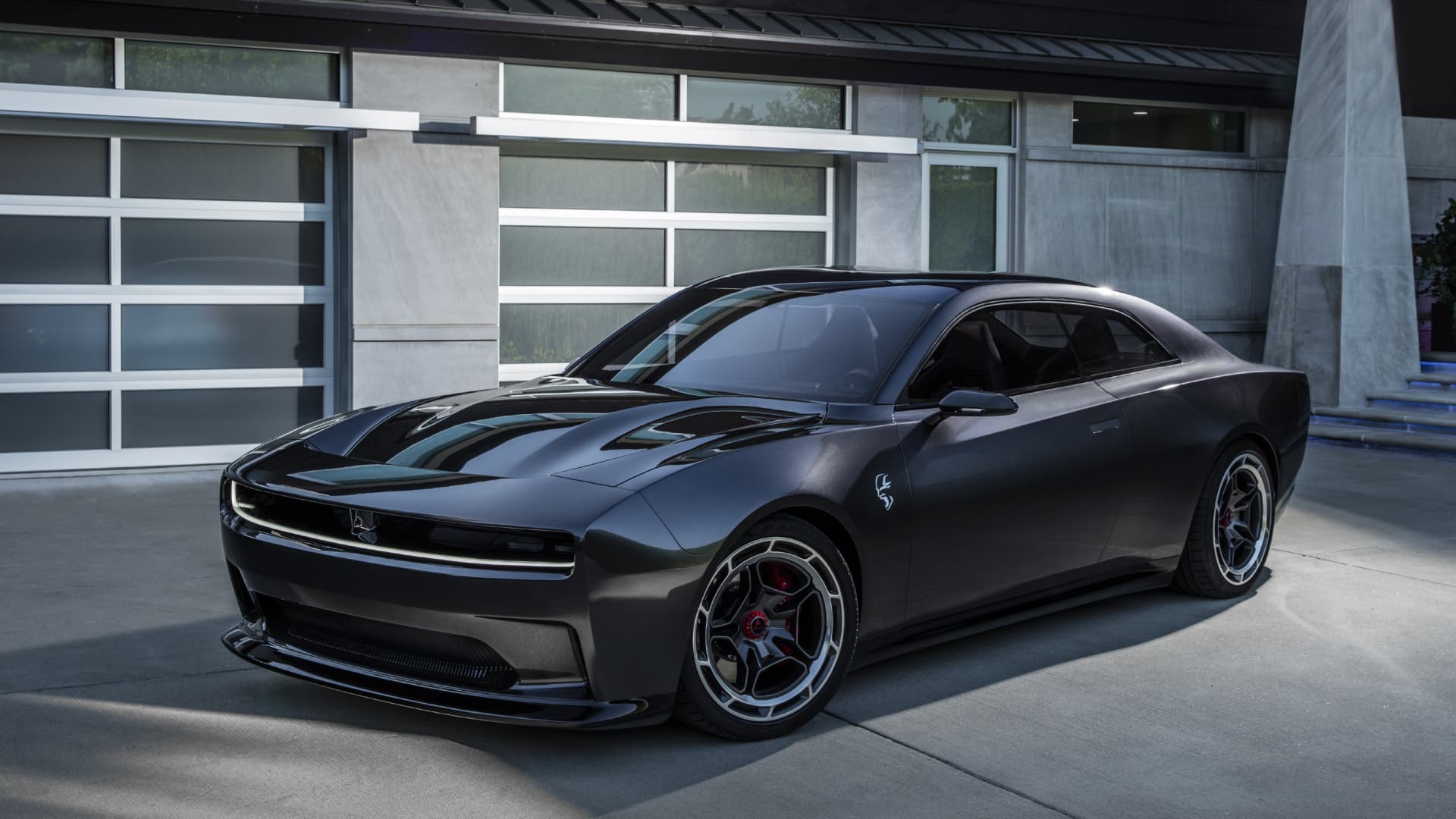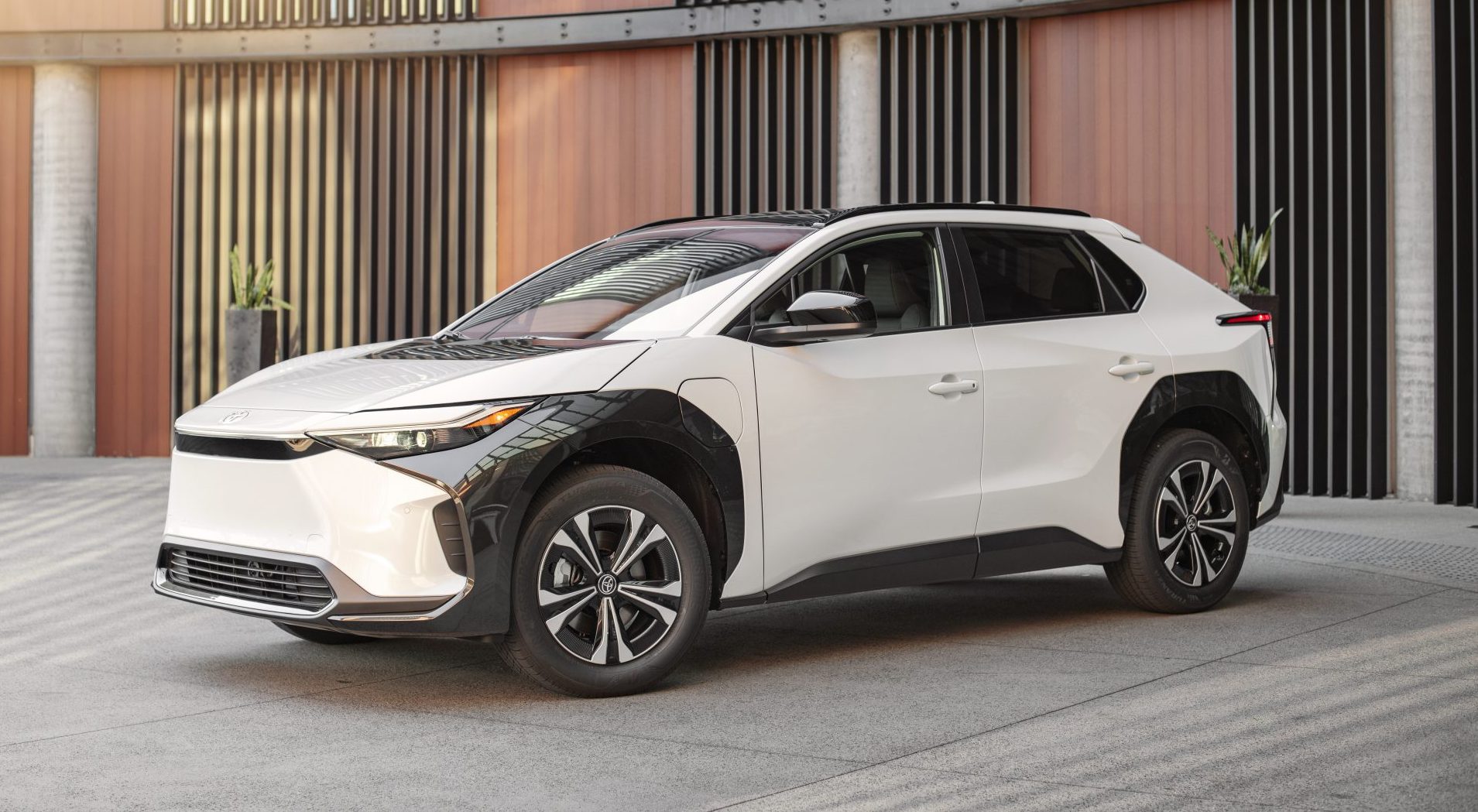Dodge on Wednesday unveiled a new concept car called the Charger Daytona SRT as a preview of its first all-electric muscle car, expected in 2024.

www.cnbc.com
A few head-scratchingly bizarre quotes in here.
I think we can cross Dodge off the list of competitors.
Lol!
There is a cadre of gear heads who are obsessed with the "exhaust note" of a car. Personally I never understood it.
Tesla has proven that EVs don't need a transmission with changeable gears. They tried to do it with the original Roadster and had to give up because they couldn't make a two speed transmission that could withstand the torque changes. Porsche did do a 2 speed transmission for their first EV, but then it's Porsche.
If Dodge tries to put multi-speed transmissions into their EV muscle cars they are probably going to either do something to slow down the instant torque hitting the transmission, or give up on a multi-speed transmission.
This isn't the first time they had a problem with torque. I can't find the info now, but I vaguely remember they had a recall some years back when they started putting large diesels in their pickups. The drive shafts could break from the torque. They had to make the drive shafts from a higher grade of steel.
Dodge cars are facing the same problem Oldsmobile had: their demographic is getting older. They have kept the production lines open by selling nostalgia to boomers who had a muscle car back in the 60s and a few of their kids who have fond memories of working on their father's muscle car when they were kids. They have also sold to a demographic looking for the most politically incorrect vehicle out there. All of those are limited markets.
I've always thought Chysler's brands were going to be among those on the chopping block of history when the world switched to EVs.
The Chrysler division of Stellantis is facing something of a crisis. The parent company has told the divisions that they need to electrify or be shut down so Chrysler is scrambling to electrify starting from well behind almost every other manufacturer. The European brands of Stellantis are well along the electrification curve. They have had to be due to coming mandates in the EU about electrification, but Chrysler has dragged their feet doing as little as possible to electrify their fleets.
Ram trucks and Jeep are the only vehicles that make much profit at Chrysler. They are starting well behind the pack in electrifying their trucks. They will have loyal buyers, but as their drivers end up driving electric vehicles for work and liking them, Ford and GM will start getting their truck buying business because they will have electric trucks when Chrysler brands don't. Doug DeMuro thinks that the Cybertruck's biggest market share are going to be other Tesla owners and Jeep owners. The Cybertruck is going to appeal more to the casual truck owner who uses it more for recreation than someone looking for a work truck. The work truck crowd are going to go for the F-150 Lightning and the EV Silverado because they look like the other trucks on the worksite. The Ford and GM trucks will also take all the custom beds out there that fit the ICE GM and Ford trucks, which is a big selling point for the work truck market.





